How to choose the right color?
The choice of wood color for furniture is based on many factors: personal preference, interior style, room size, color laminate (or other floor) and walls, as well as the task that is set for the products in the design.
For example, if a wardrobe or a console should attract attention, it is logical to choose them in a shade, contrasting walls. And if cabinet furniture performs rather a technical task and must "dissolve in space", choose the right furniture to match the color of the walls.
Dark colors are suitable for spacious rooms, austere, rustic or urban interiors (classic, loft, country, chalet), accents. Light colors are created for modern or romantic styles (Provence, Scandi, Art Nouveau), small spaces.
Basic furniture colors with the names, look at the photo:
Light
The light color range includes not only white furniture, but also many options with a wooden structure.
Light ash
One of the most popular shades in the catalogs of furniture companies. The second name is shimo ash. The color looks like coffee heavily diluted with milk. Depending on what is in front of you - furniture made of natural wood or chipboard - the subtone can vary from gray to pink or even blue.
The main advantage of cold color - lightness and neutrality. Even large pieces of furniture will not look bulky.
Oak
Perhaps there is no more diverse wood than oak: it can be not only light, but also neutral or dark shades. The colors of solid wood differ even within the same category:
- Lactic... Light beige shade with a pinkish undertone. Warm pastel colors are suitable for both individual pieces of furniture and entire headsets.
- Bleached... It has a more pronounced texture, the shade goes into gray, sometimes even blue. There is also a richer creamy tone.
Look, what does the sonoma oak color look like in the interior?
Light beech
Wood with a golden tone, almost uniform texture with small brown blotches. When choosing cabinet furniture in a shade of light beech, rely on simple, minimalistic forms: such products have more chances to harmoniously fit into a modern interior.
Karelian birch
One of the most unusual colors of natural wood: thanks to the sinuous fibers and irregular inclusions, the texture resembles marble... The shade is warm, yellowish.
Expensive headsets are made from natural solid Karelian birch, dressers, sideboards, buffets. Even a small product in this wood will become an accent in the interior.
Alder
A classic representative of the orange wood that was popular in the early 2000s. Today redwood is practically not used due to the visual "cheapness" of the shade.However, if you really like reddish shades and are going to order furniture made of natural alder or in a film of this color, choose models with bevels, panels, milling and other decor.
Be sure to research 10 Reasons Why Yourthe interior can look cheap.
Maple
Maple is one of the most successful light furniture colors. The noble light shade looks amazing as in minimalistic interiors, and in classic and even industrial! Natural maple is neutral, mandala - goes into orange, champagne - in cold pale pink.
Pine
The yellowness of natural pine causes controversial sensations: on the one hand, it looks inexpensive. On the other hand, in eco-interiors quite appropriate, aesthetically pleasing. If you don't like the yellow undertone, you can choose more noble shades: aland (peach undertone), katsina (gray-beige), loft (gray-white).
Dark
Furniture in dark shades is a synonym for nobility and presentability. You need to be careful with them when arranging small apartments. If you use ebony correctly, the space will turn out to be cozy, stylish, but by no means gloomy.
Wenge
Furniture in wenge color has been popular since the late 90s and remains in demand to this day. Imitation wenge usually has a cold chocolate undertone, although the palette of natural materials ranges from bluish black to reddish brown.
Wenge can be used alone or combined with other shades. Dark brown goes well with maple, bleached oak, light ash.
The Red tree
Red wood was, is and remains an indicator of high income. The material is valued for its density, hardness, durability. Natural wood is obtained not from one type of tree, but from several at once: teak, amaranth, keruing, paduk.
Redwood products are expensive, but they also look appropriate. Mahogany furniture looks best in spacious rooms surrounded by the same expensive, sophisticated items.
Apple tree
Apple wood is somewhat reminiscent of alder, but has a more intense red color. It is recommended to use bright cabinet furniture as an accent without overdoing it with quantity. One dresser in the bedroom or a console in the living room will set the right mood.
Chestnut
An amazing matte shade of dark chocolate with barely noticeable veins: chestnut is lighter than wenge, but not inferior to it in terms of luxury. If you're looking for a cold, dark tree, chestnut is ideal.
Looks especially good in bedrooms (beds, wardrobes, dressers) and offices (tables, pencil cases, curbstones).
Mahogany
A compromise between wenge and mahogany. The brown background with a red undertone is richly decorated with dark brown veins. Best suited for classic, palace interiors. It is popular with furniture manufacturers - as even mahogany veneered canvases look expensive.
Read about the design living room in classic style.
Oak
In the previous section, it was already noted that oak can be different - from almost white to almost black. There are several dark oak shades:
- rustic - medium tone with black veins;
- dark - the classic texture of a rich reddish-red color;
- wenge is an almost black cold color.
Dark walnut
Like oak, walnut wood is also different:
- Milanese - reddish, looks like an alder;
- Italian - red, closer to apple in color saturation;
- dark - red-brown;
- ekko - cold brown of medium saturation;
- root - similar in tone to Italian, but with an unusual texture.
Neutral
If too light or dark shades of facades do not suit you, pay attention to the middle tones. Their main advantage is their versatility.: suitable for any style of room, size, functionality.
Pear
A pear tree is darker than an alder, but lighter than an apple tree: at the same time, it retains the redness characteristic of both types of wood. The texture is large, but not too pronounced (the exception is the tyrano pear). Suitable for furniture with milling or smooth facades.
Beech
In the color palette of beech wood, there are light colors - for example, artisan. But the middle ones are most often used: Bavaria, Westphalian, country, Landmark, natural. The tone of the furniture is mostly warm, golden. Often used as a quality alternative to overly light wood.
Read on how to choose kitchen set for wood.
Cherry
Cherry wood varies in tone, saturation, brightness of the pattern. For example, reddish calvados or medium oxfords have an almost imperceptible texture, while orange locarno, on the contrary, has noticeable fibers. On the surface of the riverside cherry there are pink stains.
Color matching recommendations
The combination of wood textures is possible with other wood, or plain surfaces. For example, milk oak, maple, or an ordinary beige matte facade are suitable for a pair of wenge.
For neutral oak, beech or pine, pick something colored: green, blue.
Colors that are too active, like mahogany or cherry, need a neutral base: wallpaper no pattern, light upholstery, textiles.
Walnut, birch, alder, ash will create an excellent duet with glossy white or black facades. Against the background of shine, the tree will sparkle in a new way.
If you are choosing a kitchen, be sure to research. which is better - glossy or matte.
Wood is a versatile material. It creates a unique coziness at home, does not go out of fashion, looks appropriate in any style, in any room. Choose the shade you like and be sure to use it in your interior!

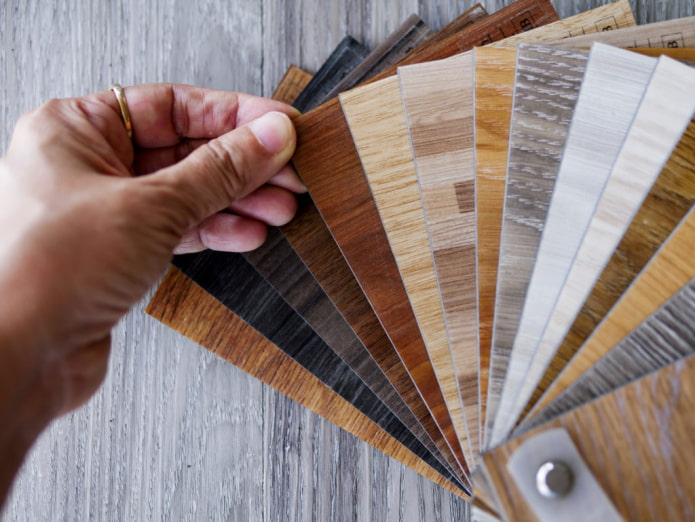
 10 practical tips for arranging a small kitchen in the country
10 practical tips for arranging a small kitchen in the country
 12 simple ideas for a small garden that will make it visually spacious
12 simple ideas for a small garden that will make it visually spacious
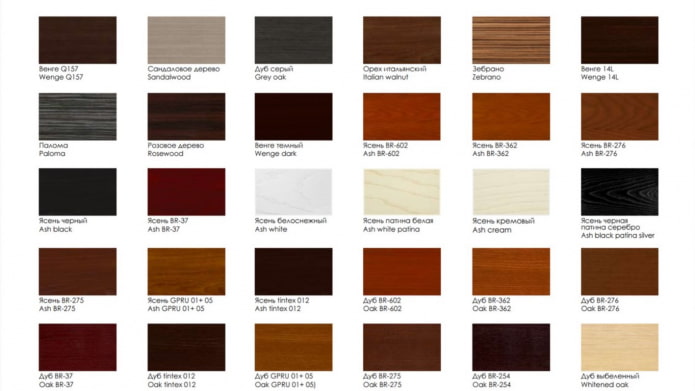
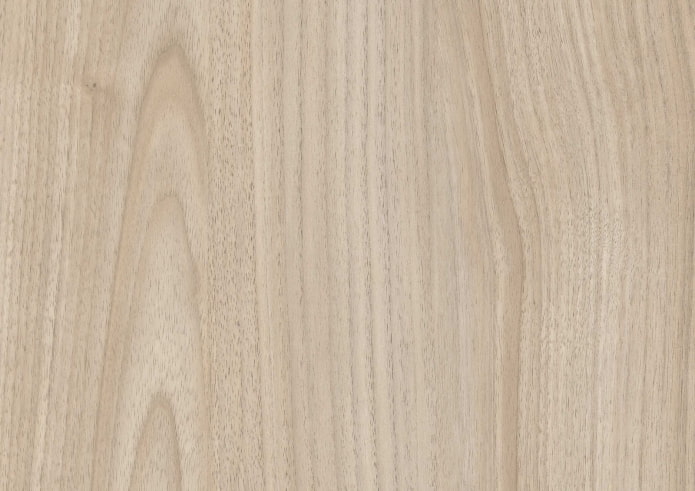
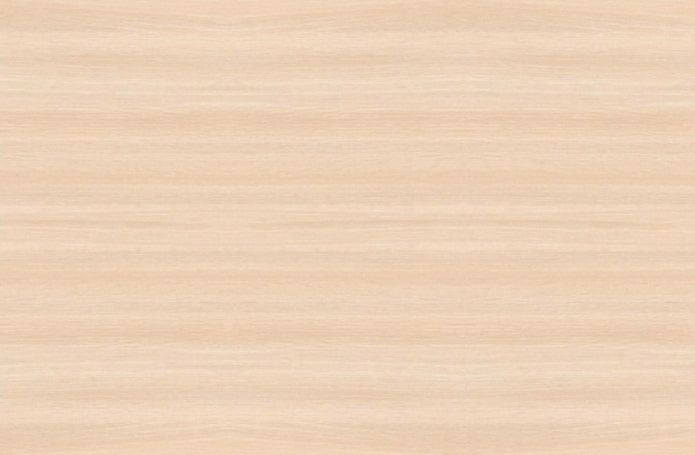
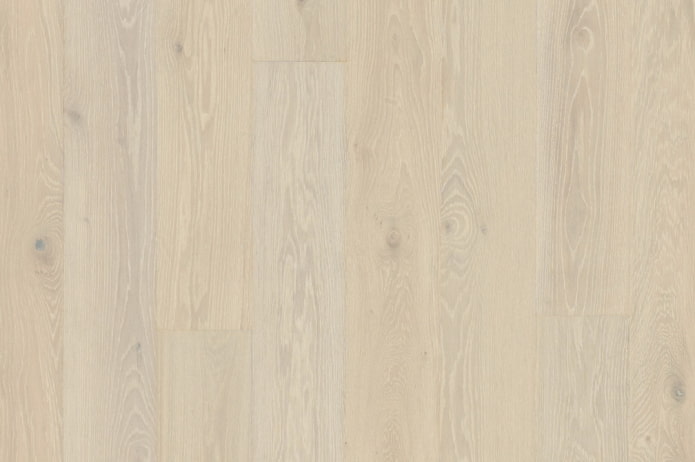
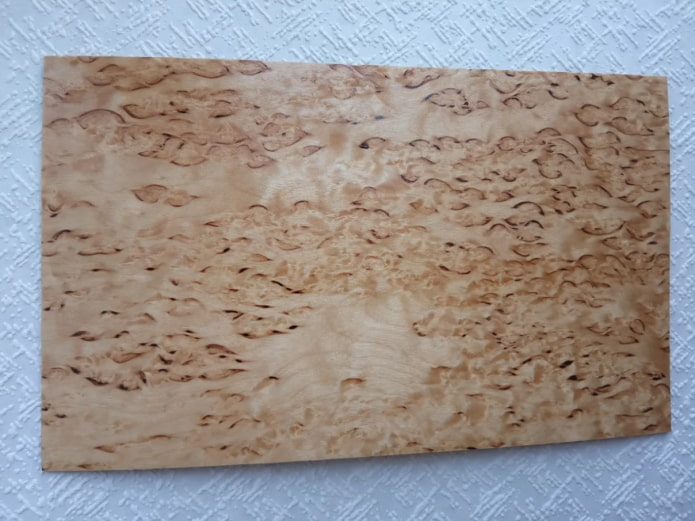
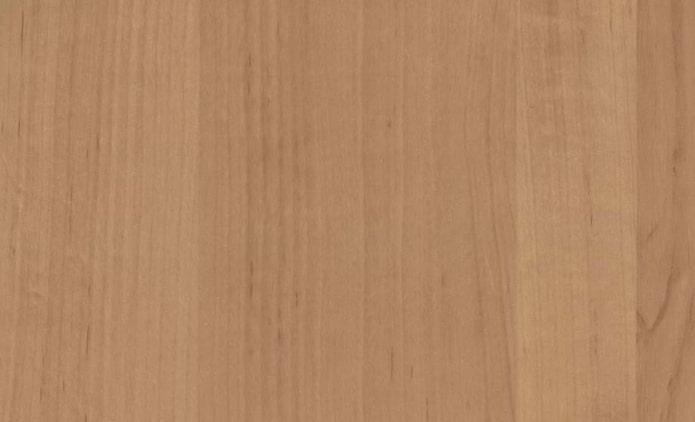

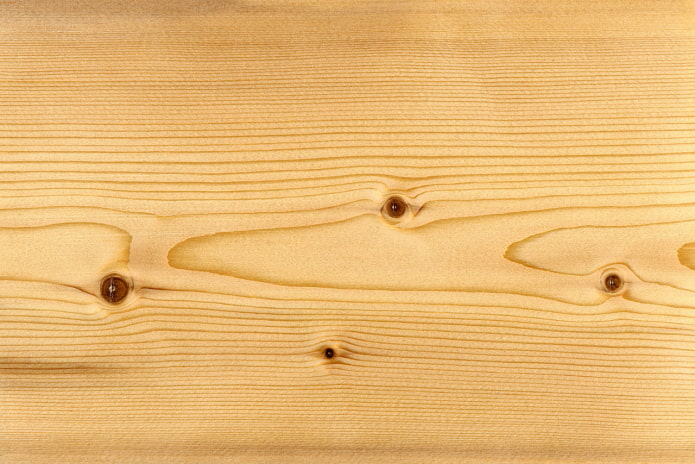
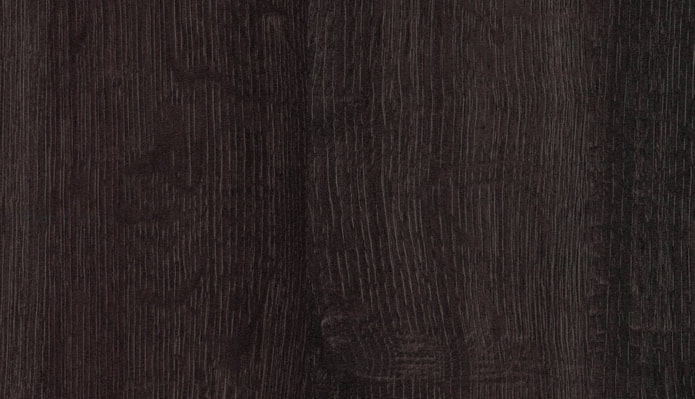
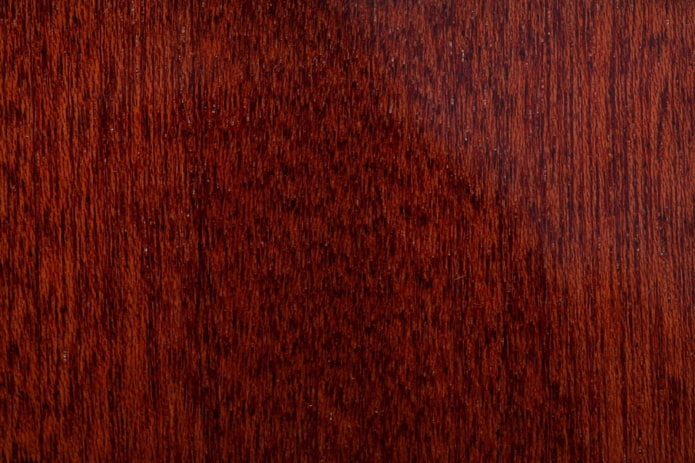
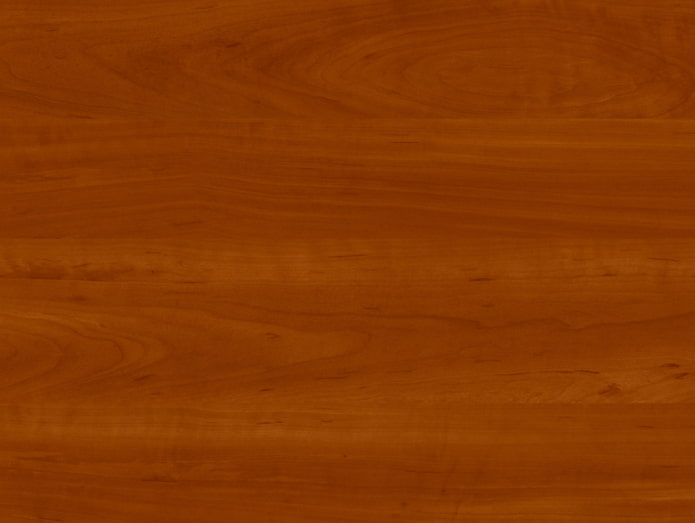
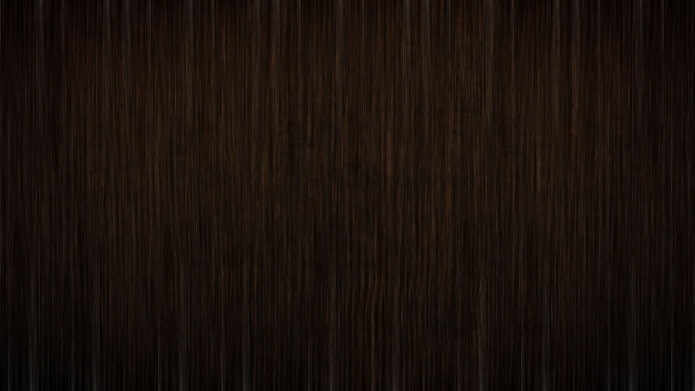

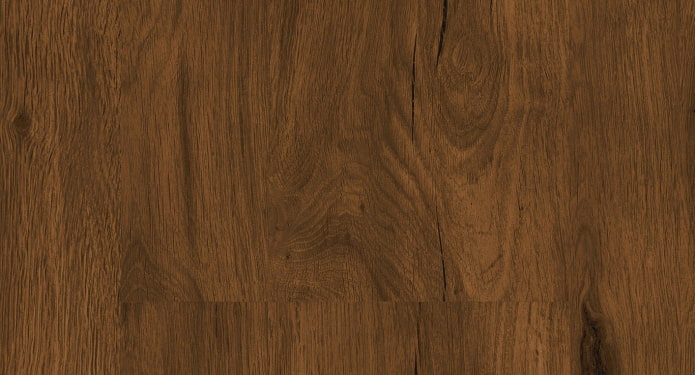
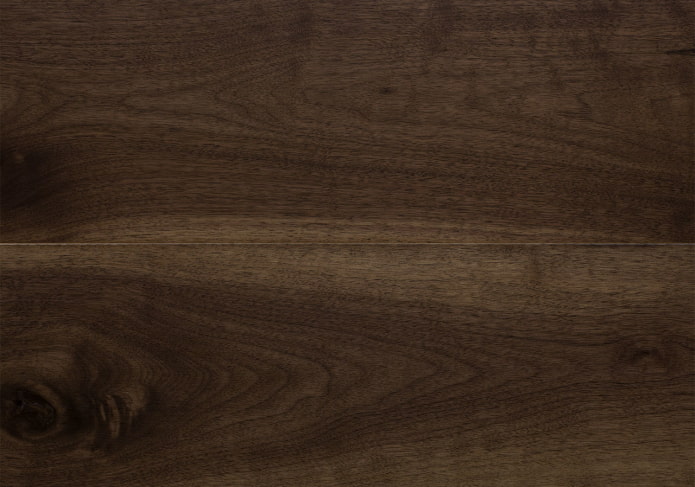
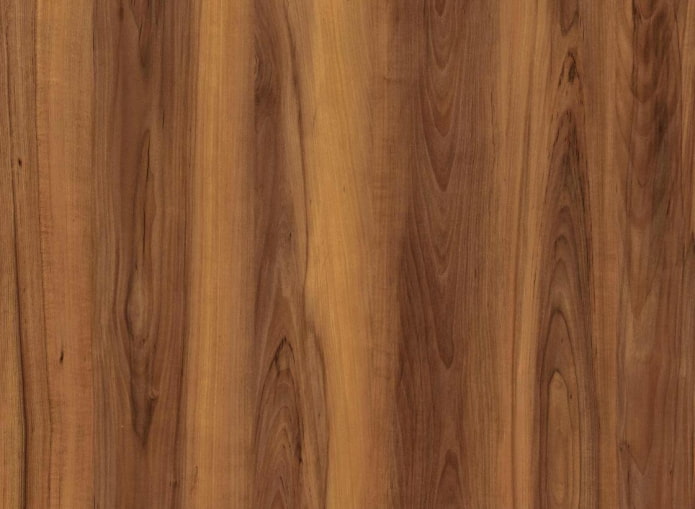
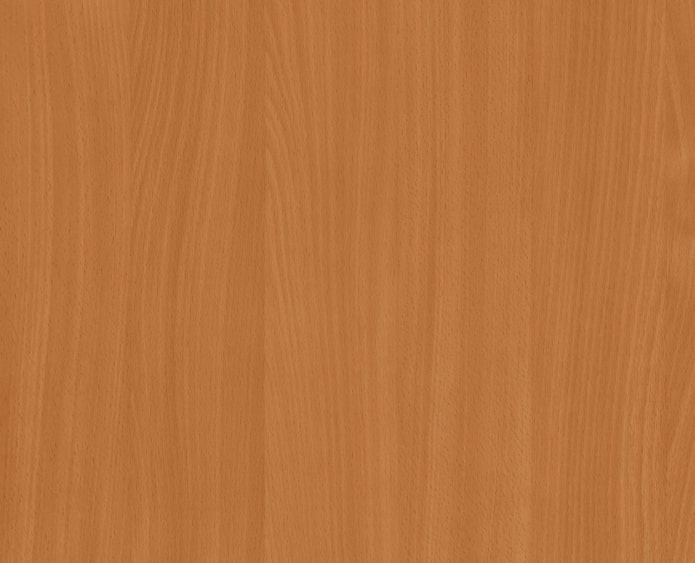
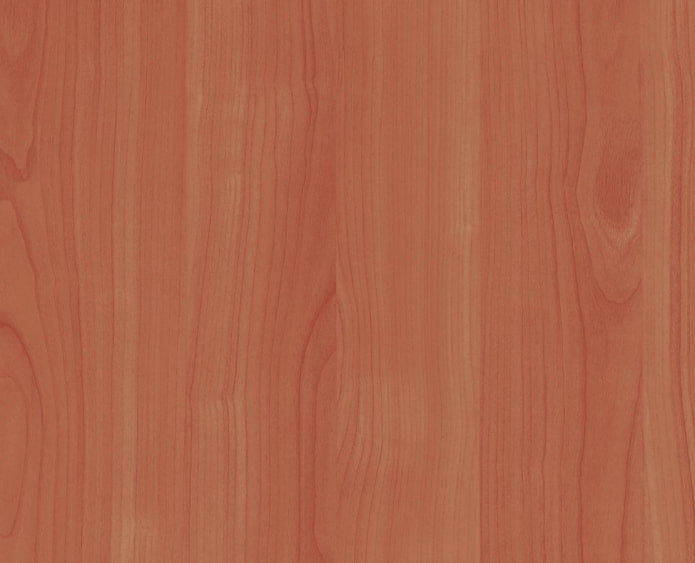
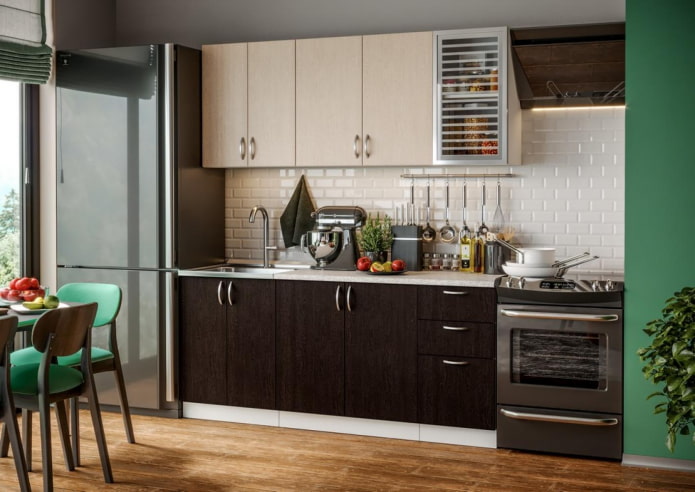

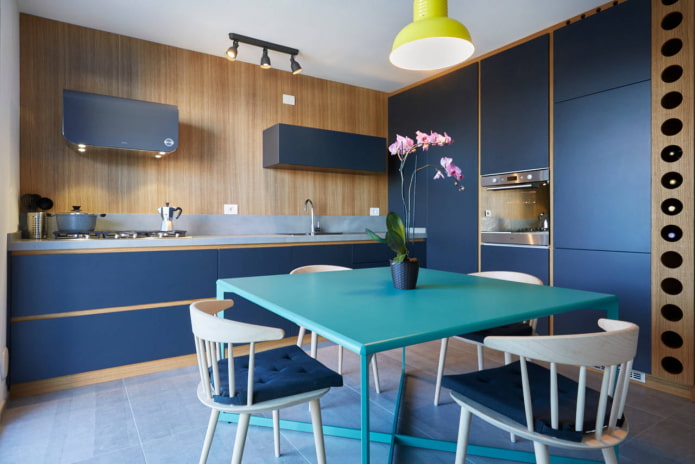
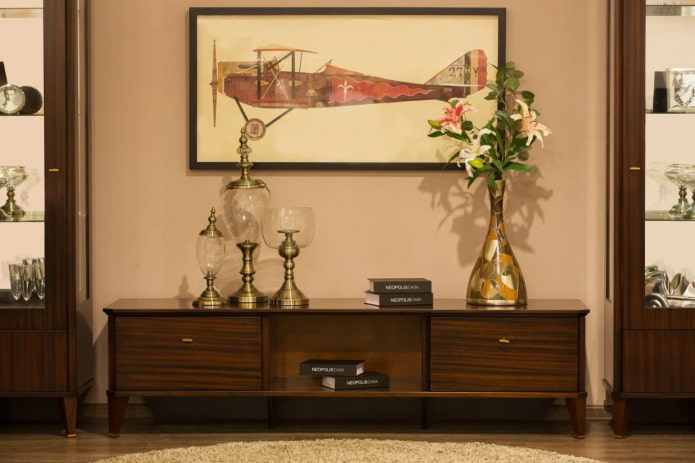

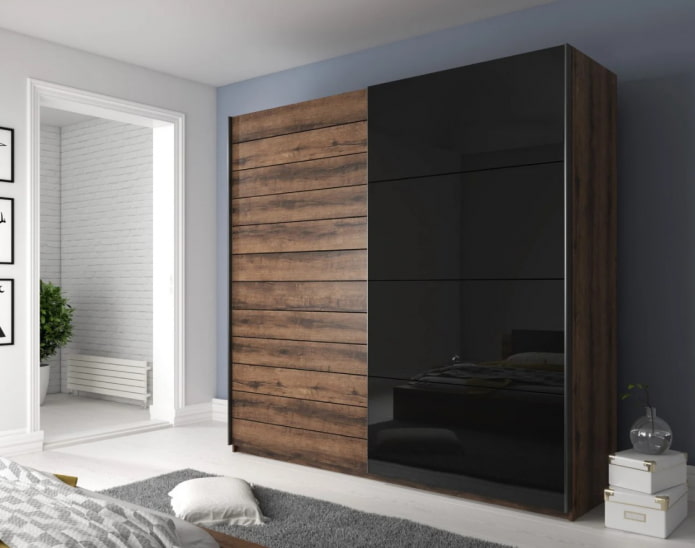
 13 bad habits a good housewife shouldn't have
13 bad habits a good housewife shouldn't have 24/7 home cleanliness - 4 secrets for the perfect housewife
24/7 home cleanliness - 4 secrets for the perfect housewife 6 hotels in Sochi that will give odds to the promoted foreign hotels
6 hotels in Sochi that will give odds to the promoted foreign hotels Top 10 interior design trends 2020
Top 10 interior design trends 2020 Rating of cheap TVs with Smart-TV
Rating of cheap TVs with Smart-TV New Year's LED garlands on AliExpress - we disassemble while it's hot, so that it's bright at home
New Year's LED garlands on AliExpress - we disassemble while it's hot, so that it's bright at home